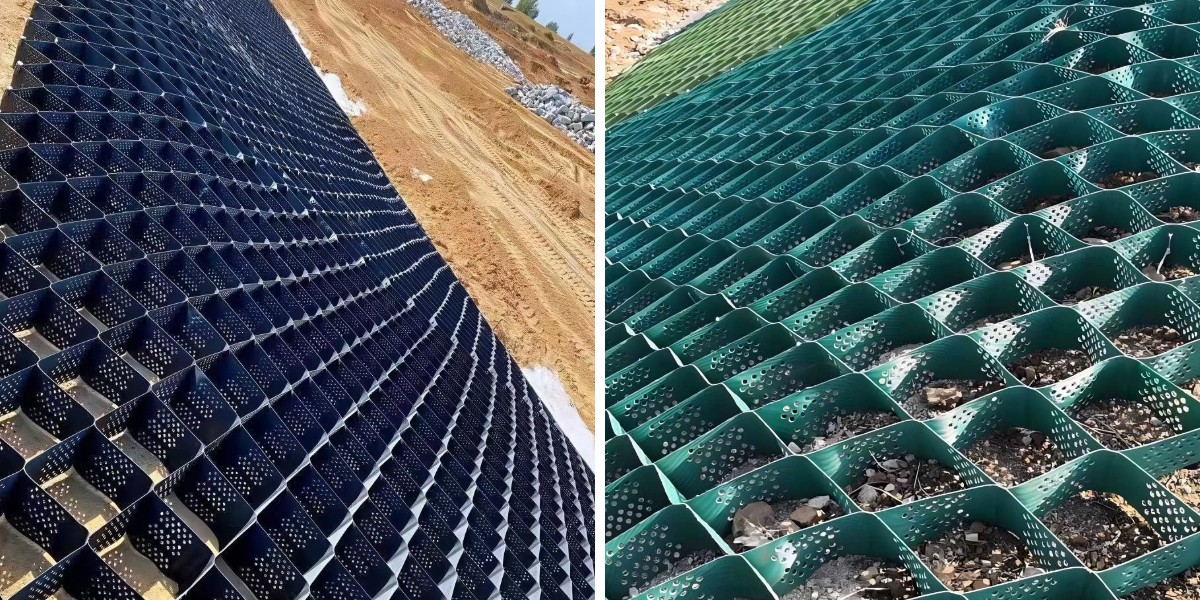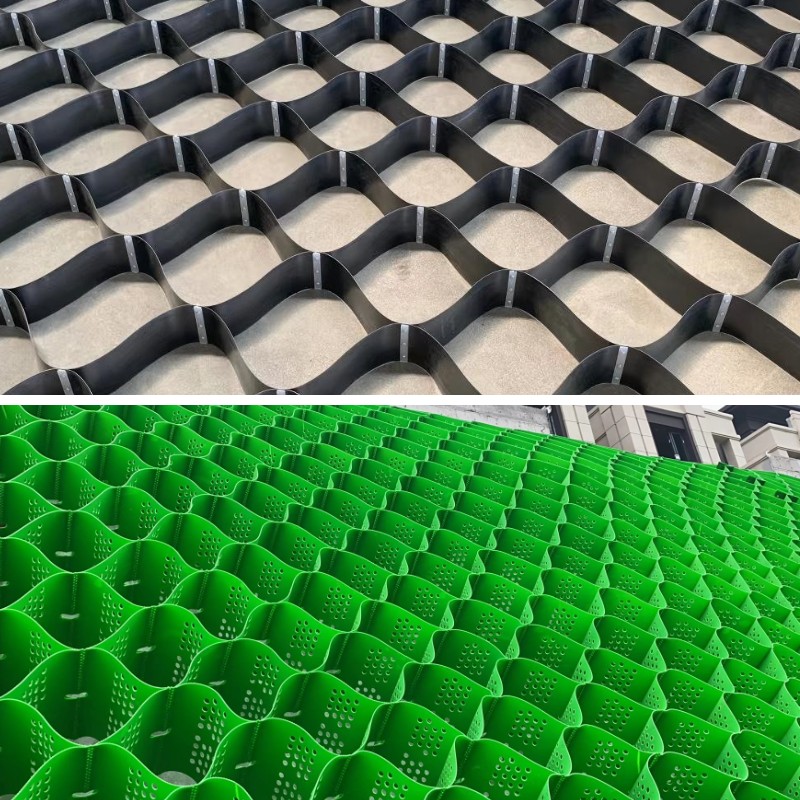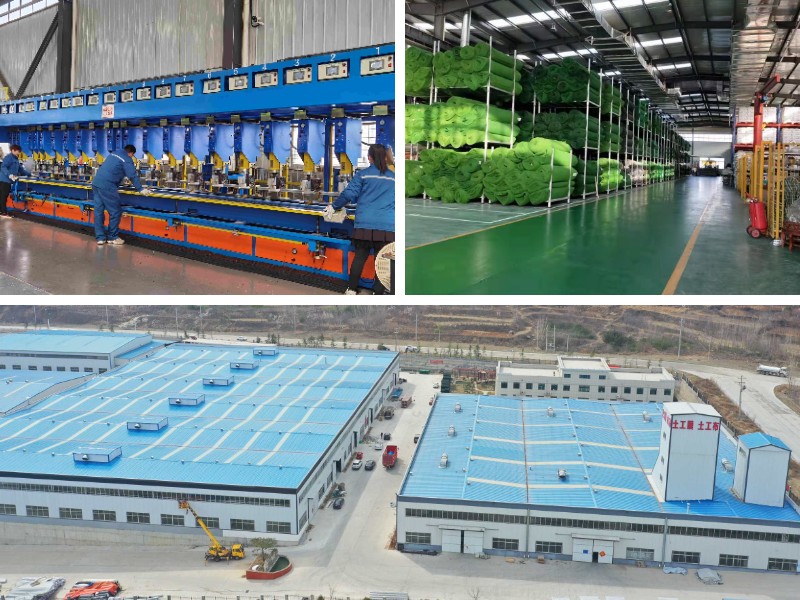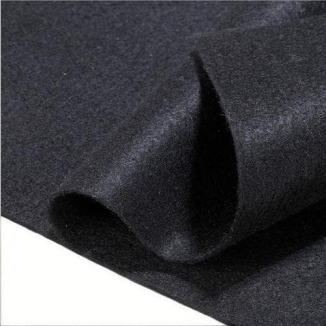Geocell for Soil Stabilization: Preventing Erosion on Slopes
Introduction: The Growing Challenge of Slope Erosion
Slope erosion is a pervasive environmental and engineering mission that threatens infrastructure stability, agricultural productivity, and ecological balance. From motorway embankments to riverbanks, uncontrolled soil movement leads to catastrophic failures, highly-priced repairs, and irreversible environmental damage. Traditional erosion manipulate methods—such as concrete preserving partitions or ripenrap (rock-filled wire baskets)—often fall quick in adaptability, cost-efficiency, and sustainability. Enter geocell slope protection, a modern-day reply leveraging 3D cellular confinement technological information to stabilize slopes, prevent erosion, and promote ecological restoration. This article explores how geocell systems, which consist of the most appropriate Geoweb erosion control platforms, are redefining slope stabilization in the course of industries.
What Are Geocells?
Geocells are three-d honeycomb-like constructions made from high-density polyethylene (HDPE) strips welded at their intersections. When deployed on slopes, these cells act as modular containers that keep away from lateral movement of fill materials—such as gravel, soil, or concrete—while distributing vertical loads horizontally. This mechanism transforms weak, free soil into a composite structure with extra ideal shear strength, bearing capacity, and resistance to hydraulic forces.
Key Mechanisms of Geocell Slope Protection
Load Distribution: By confining fill materials, geocells convert vertical stresses into lateral tension, decreasing pore water stress and stopping soil liquefaction.
Interlocking Force: The rigid cell partitions create friction in opposition to fill particles, bettering the structure’s stability even under dynamic thousands like web site site visitors or seismic activity.
Hydraulic Control: Perforations in geocell partitions allow managed water drainage, mitigating hydrostatic stress while preserving outstanding particles to stop piping erosion.
Research from the 2025 Geobear Innovation Summit highlights that geocell-reinforced slopes exhibit 63% increased modulus (stiffness) in distinction to unreinforced slopes, with self-discipline trials exhibiting a 60% bargain in renovation costs over 10 years.
Applications of Geocell Slope Protection: From Highways to Coastlines
Geocell constructions are versatile, addressing erosion challenges in a range of environments:
1. Highway and Railway Embankments
In heavy-traffic zones, geocells end slope failure added about via way of vibration-induced soil loosening. For example, a 2025 Colorado Department of Transportation assignment used Geoweb erosion manipulate panels to stabilize a twin carriageway minimize slope with a 45° incline. The machine diminished flooring runoff tempo via way of 70%, casting off gully formation and reducing sediment deposition in adjoining waterways via 85%.
2. Riverbanks and Coastal Zones
Wave action and tidal forces erode shorelines, threatening ecosystems and infrastructure. Geocells stuffed with domestically sourced rocks create flexible, permeable obstacles that take in electricity while enabling aquatic existence to thrive. In Bangladesh’s Sundarbans mangrove region, geocell revetments diminished coastal erosion by way of way of 90% at some stage in monsoon seasons, outperforming normal riprap via way of 40% in cost-efficiency.
3. Mining and Industrial Sites
Open-pit mines and waste dumps face intense erosion from heavy rainfall. Geocells lined with geotextiles stop fine tailings from leaching into waterways while supporting vegetation growth. A 2024 Australian iron ore mine discover out about decided that geocell-stabilized slopes required 50% lots much less regrading every year in distinction to unprotected slopes, saving $1.2 million in operational expenses over 5 years.
Installation Guide: Best Practices for Geocell Slope Protection
Proper deployment is vital to maximizing geocell performance. Follow these steps:
Step 1: Site Preparation
Clear Vegetation: Remove natural rely to end decomposition-induced settlement.
Excavate and Grade: Create a stage base with a 2%–5% slope for drainage. Compact the subgrade to 95% Proctor density.
Install Geotextile (Optional): Lay a non-woven material under geocells to filter fines and end clogging.
Step 2: Geocell Deployment
Unroll and Align: Expand geocell panels perpendicular to the slope’s waft direction, overlapping edges by 15–30 cm.
Secure Anchors: Use U-shaped stakes or tendon clips to restoration geocells every and each and every 1–2 meters, making positive zero displacement below hydraulic loads.
Connect Panels: For large-scale projects, interlock panels the use of ATRA® keys or zip ties to create a monolithic structure.
Step 3: Fill and Compact
Select Fill Material: Use angular gravel (20–40 mm) for high-traffic slopes or topsoil for vegetated solutions.
Layer Filling: Add material in 15–20 cm lifts, compacting each layer with a vibratory plate compactor to reap 90%–95% density.
Vegetation (Optional): For inexperienced slopes, mix hydroseeding with the topsoil layer to velocity up root anchoring.
Step 4: Quality Control
Perform Pull-Out Tests: Verify anchor resistance meets design specs (typically ≥5 kN/m).
Monitor Drainage: Ensure perforations allow water flow barring soil loss.
Case Study: Geoweb Erosion Control in Mountainous Terrain
In the 2025 Nepal Himalayas, a landslide-prone toll avenue section was once as soon as stabilized the utilization of Geoweb erosion control systems. The project confronted challenges:
Steep Gradient: 60° slope standpoint exceeding usual solutions’ limits.
Seismic Activity: Frequent tremors demanded flexible, shock-absorbent designs.
Remote Access: Limited gear availability required lightweight, modular components.
Solution:
Geoweb ATRA Panels: HDPE cells with built-in anchors have been deployed, stuffed with locally sourced basalt aggregates.
Vegetated Face: The greater slope was once as soon as hydroseeded with alpine grass species to enhance root reinforcement.
Drainage Layer: A 10 cm gravel blanket under the geocells channeled subsurface water away from the slope face.
Results:
Erosion Eliminated: No gully formation located after three monsoon seasons.
Cost Savings: 35% reduce lifecycle fees vs. concrete partitions due to lowered maintenance.
Ecological Benefits: Vegetation cowl improved by means of way of 80%, helping close by biodiversity.
Sustainability Advantages: Why Geocells Lead the Green Revolution
Geocell slope security aligns with world sustainability goals:
Material Efficiency: A single geocell layer replaces 2–3 layers of geogrids, lowering plastic use by 40%.
Carbon Footprint: HDPE manufacturing emits 30% a good deal much less CO₂ than cement, and geocells’ sturdiness (50+ years) minimizes alternative cycles.
Circular Economy: Recycled HDPE geocells (e.g., from post-consumer waste) are gaining traction, with producers like Presto Geosystems imparting one hundred percentage recycled options.
Future Trends: Smart Geocells and Beyond
The geocell organisation is evolving with IoT integration:
Sensor-Embedded Cells: Real-time monitoring of strain, moisture, and temperature helps predict screw ups previously than they occur.
Biodegradable Variants: Researchers are making an attempt out starch-based geocells that decompose after vegetation establishment, pleasant for short slopes.
AI-Driven Design: Machine analyzing algorithms optimize smartphone geometry for site-specific conditions, reducing cloth waste by using the usage of 20%.
Conclusion: Geocell Slope Protection—A Paradigm Shift in Erosion Control
Geocell science represents a leap in advance in slope stabilization, imparting unmatched durability, adaptability, and ecological harmony. Whether by geocell slope security constructions or top-quality Geoweb erosion manipulate platforms, these selections empower engineers to manage erosion in the most hard environments. As nearby climate alternate intensifies severe local weather events, geocells will play a pivotal role in safeguarding infrastructure and ecosystems for generations to come.
Contact Us
Company Name: Shandong Chuangwei New Materials Co., LTD
Contact Person :Jaden Sylvan
Contact Number :+86 19305485668
WhatsApp:+86 19305485668
Enterprise Email: cggeosynthetics@gmail.com
Enterprise Address: Entrepreneurship Park, Dayue District, Tai 'an City,
Shandong Province









